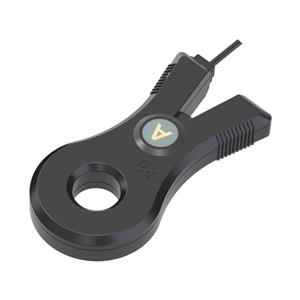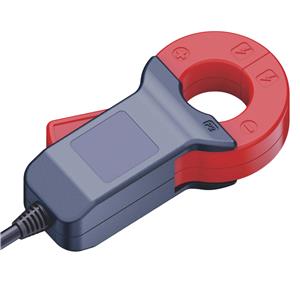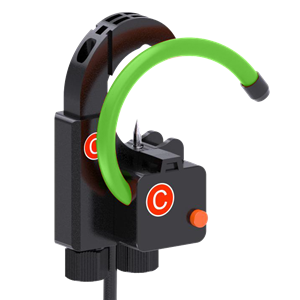-
2211-2024
The Impact of Big Current Shunts in Modern Technology
The integration of big current shunts into smart grids and IoT (Internet of Things) infrastructure allows for real-time monitoring and optimization of energy usage, fostering a more sustainable future. As renewable energy sources become more prevalent, these devices prove particularly valuable in balancing and regulating distributed power generation.
-
0112-2023
Thermal Effects and Temperature Drift of Current Shunt Resistors
In the field of electrical engineering, Current Shunt Resistors are widely used for accurate current measurements. However, it is important to consider the thermal effects and temperature drift characteristics of these resistors to ensure their reliable performance. This article aims to explore the impact of thermal effects and temperature drift on Current Shunt Resistors and discuss strategies to mitigate their influence.
-
3011-2023
Accuracy and Precision Evaluation of Current Shunt Resistor
Accurately measuring current is crucial in circuit design. To achieve accurate current measurement, engineers often use a Current Shunt Resistor as a current sensing element. This article will delve into the importance of evaluating the accuracy and precision of Current Shunt Resistors, as well as discuss some commonly used evaluation methods.
-
2104-2023
A measurement method for parallel resistance of solar cells
A measurement method for parallel resistance of solar cells 1. The larger the series resistance is, the more the short circuit current drops, and the more the filling factor will accordingly; The smaller the shunt resistance, the greater the current, the more the open circuit voltage drops, and the more the fill factor drops.
-
1909-2022
Product Characteristics and Application of 7550A Precision AC and DC Current Shunt
The 7550A is an ammeter with a measurement range from 1µA to 250A. The voltage on the shunt is switched to the internal four-and-a-half-digit AC and DC ammeter directly displayed by the five file-bit buttons and on the external output terminal. AC and DC current values with high accuracy and resolution.




